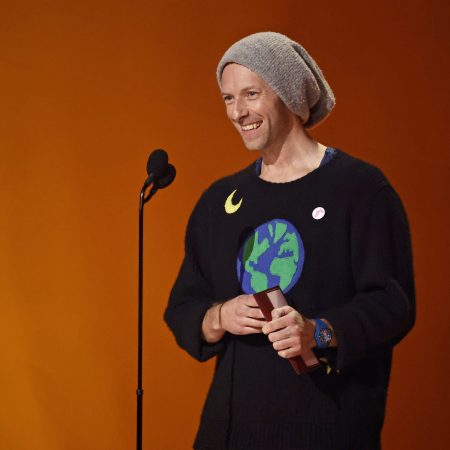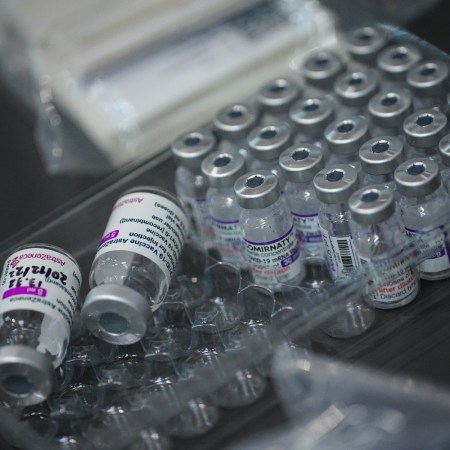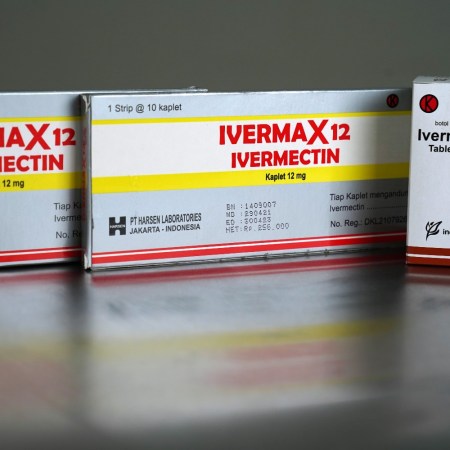As COVID-19 first came on the scene, one of its symptoms served as a reminder that this particular coronavirus was different from its predecessors — namely, its effect on the senses of taste and smell. Earlier this year, Michael Marshall at Nature succinctly summarized the issue at hand, noting that some whose symptoms included this remained unable to smell or taste food, or found their sense of smell fundamentally altered — in other words, “unpleasant scents have taken the place of normally delightful ones.”
The Nature article explored some of the options open to people looking to restore what was lost, including smell training and olfactory implants. This isn’t just a culinary issue, either; as Marshall points out in the article, an inability to smell might leave someone unaware of a nearby fire.
Now, the effort undertaken by a well-known Italian gourmand offers a further sense of how some might go about restoring their senses. An article in The New York Times tells the story of Michele Crippa, who wrote about food frequently and tutored chefs in the nuances of different milks and cheeses. He came down with COVID-19 last March and lost his sense of taste. When it returned, writes Emma Bubola at the Times, it had dramatically changed.
The article describes his process of re-learning how to taste and smell, which he achieved by working with a group of “sensorial analysis experts who train winemakers and truffle hunters.” He’s now begun giving courses in undergoing the same process, which centers around revisiting memories associated with smells to reconnect neural pathways. The description of the courses make it sound like a very incremental process — but it’s one that’s had a substantial effect on those who have experienced it.
Thanks for reading InsideHook. Sign up for our daily newsletter and be in the know.


















